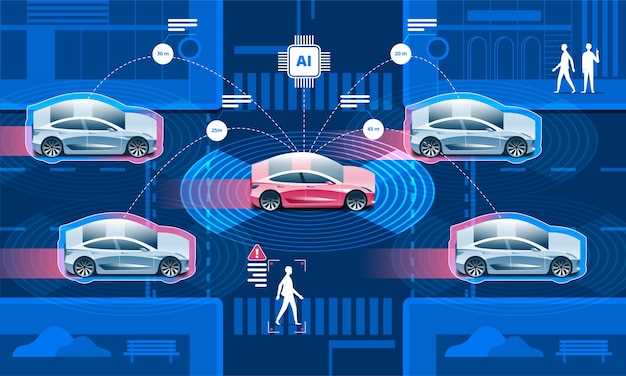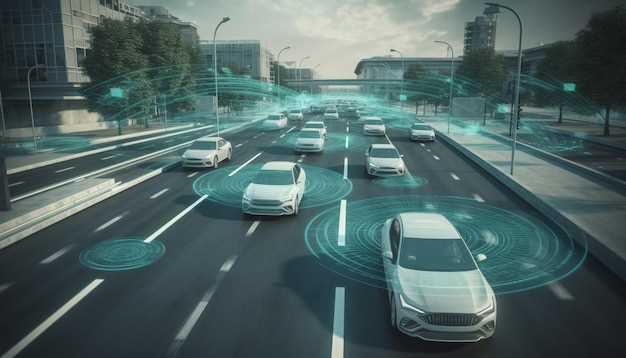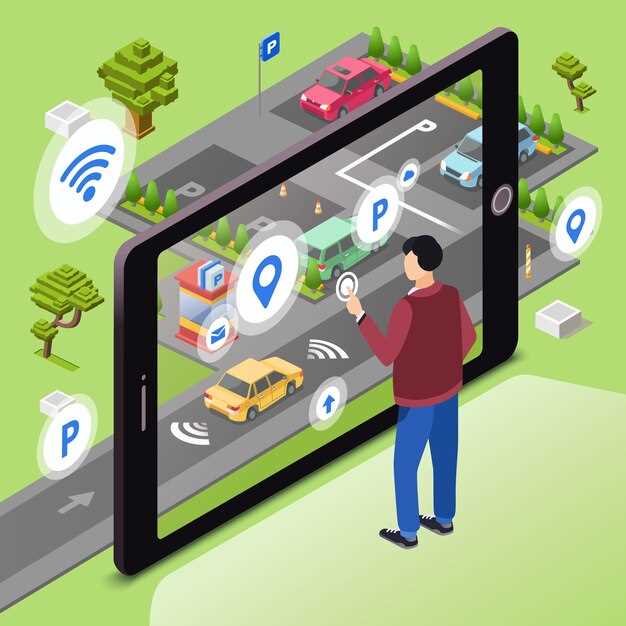
The advent of 5G technology marks a pivotal transformation in the automotive industry, revolutionizing the way cars communicate with each other and their environment. As vehicles become increasingly connected, the advancements brought by 5G facilitate a seamless flow of information, enhancing safety and driving experiences.
With its high data transfer speeds and low latency, 5G provides a framework for vehicles to exchange vital data in real time. This capability is crucial for implementing future technologies such as autonomous driving systems, where instant communication between cars can prevent accidents and improve traffic management. By harnessing these advancements, manufacturers are paving the way for smarter, safer, and more efficient transportation.
Moreover, the integration of 5G into modern vehicles unlocks new dimensions of connectivity, enabling features like real-time traffic updates, predictive vehicle maintenance, and enhanced infotainment options. As consumers demand more from their driving experience, the role of 5G in cars will be paramount in shaping the future of mobility.
Enhancing Vehicle-to-Everything (V2X) Communication with 5G

5G technology represents a significant leap forward in the realm of communication, providing the bandwidth and low latency necessary for effective Vehicle-to-Everything (V2X) communication. This innovative approach connects vehicles to surrounding infrastructure, other vehicles, and even pedestrians, resulting in safer and more efficient transportation systems.
Advancements in 5G tech facilitate real-time data exchange, enabling faster and more accurate transmission of crucial information. This includes:
- Traffic signal timing updates
- Road hazard notifications
- Emergency vehicle alerts
- Dynamic route adjustments based on current traffic conditions
The low latency offered by 5G is particularly beneficial for applications requiring immediate response, such as collision avoidance systems. These systems rely on precise and timely information to prevent accidents, making V2X communication a vital component of modern vehicle technology.
Moreover, 5G enhances the integration of Internet of Things (IoT) devices, further improving the vehicle’s awareness of its environment. Vehicles can communicate with:
- Traffic management systems
- Smart traffic lights
- Pedestrian safety systems
This interconnectivity results in a more cohesive ecosystem where vehicles can not only receive information but also contribute data that informs city planning and infrastructure improvements. As a result, cities can adapt more rapidly to changing transportation needs, ultimately leading to reduced congestion and improved air quality.
In summary, the incorporation of 5G technology into V2X communication enhances connectivity, boosting safety and efficiency while paving the way for the future of autonomous driving and smart cities. The advancements derived from 5G tech are set to redefine the landscape of modern transportation, creating seamless interactions within the vehicular network.
Impacts of 5G on Autonomous Driving Systems
The introduction of 5G technology is set to revolutionize the landscape of autonomous driving systems. With its enhanced bandwidth and lower latency, 5G provides vehicles with the ability to communicate in real-time, enabling a more efficient data exchange between cars, infrastructure, and cloud services. This immediate connectivity is crucial for developing advanced autonomous driving capabilities.
One of the significant advancements facilitated by 5G is the improvement in vehicle-to-everything (V2X) communication. This technology allows cars to interact not only with each other (V2V) but also with traffic signals, pedestrian devices, and even roadways. By receiving instant updates about traffic conditions, hazards, and driving regulations, autonomous vehicles can make more informed and timely decisions, enhancing safety and efficiency on the roads.
Furthermore, the high-speed data transfer capabilities of 5G enable the integration of complex algorithms and artificial intelligence in autonomous systems. This allows for real-time data processing, enabling cars to learn and adapt to their environment more effectively. Enhanced sensor data from cameras, LIDAR, and radar can be transmitted rapidly, leading to improved perception and navigation, key components in the safe operation of autonomous vehicles.
The reliability of 5G networks also plays a crucial role in supporting the seamless functioning of autonomous driving systems. Consistent connectivity ensures that vehicles maintain access to cloud-based services and updates that optimize route planning and performance. With 5G, the performance of autonomous cars can be fine-tuned continuously, leading to a more reliable driving experience.
In conclusion, the impacts of 5G technology on autonomous driving systems are profound. The enhancements in communication, data processing, and connectivity dramatically improve the safety, efficiency, and reliability of modern vehicles. As advancements in this technology continue to evolve, the future of autonomous driving looks increasingly promising.
Real-Time Data Processing and Connectivity in 5G Cars

The advent of 5G technology is revolutionizing the automotive industry by enabling unparalleled real-time data processing and connectivity in modern vehicles. With lightning-fast data transfer rates and minimal latency, 5G allows cars to communicate with each other and with infrastructure (V2X communication) seamlessly. This enhances safety, efficiency, and overall driving experience.
One of the pivotal advancements driven by 5G is the ability for vehicles to receive and process vast amounts of data in real-time. This capability supports various applications such as advanced driver-assistance systems (ADAS), autonomous driving features, and infotainment updates. For instance, a 5G-equipped car can instantly analyze data from its surroundings, sharing critical information about traffic conditions and potential hazards with other vehicles.
Moreover, the increased bandwidth provided by 5G facilitates the integration of cloud-based services directly into vehicles. This allows for continuous software updates, ensuring that cars remain at the forefront of technology without requiring visits to service centers. Additionally, data from multiple sensors in the vehicle can be processed in the cloud, enabling more sophisticated algorithms for predictive maintenance and performance optimization.
In essence, the combination of tech and 5G capabilities is setting the foundation for a new era of connected vehicles, where real-time communication not only enhances operational efficiency but also transforms the entire driving ecosystem into a safer and more responsive environment.
